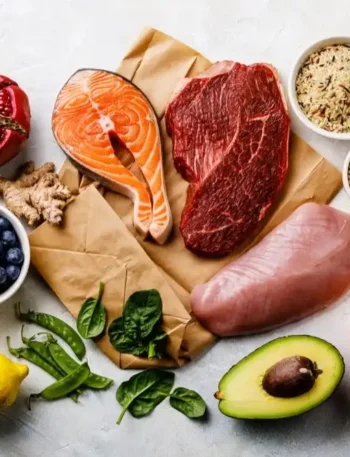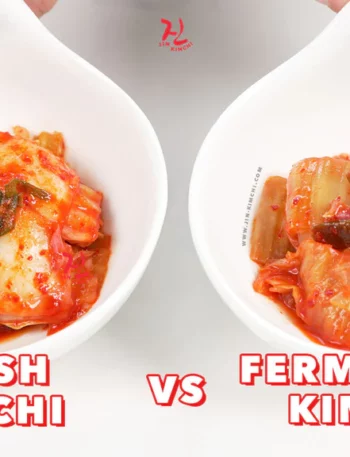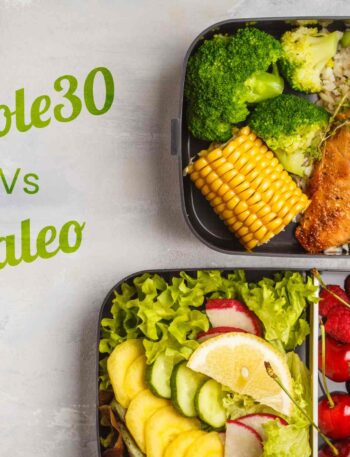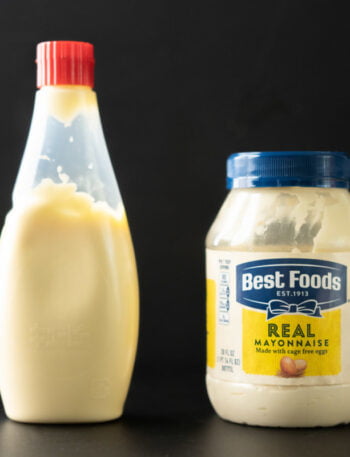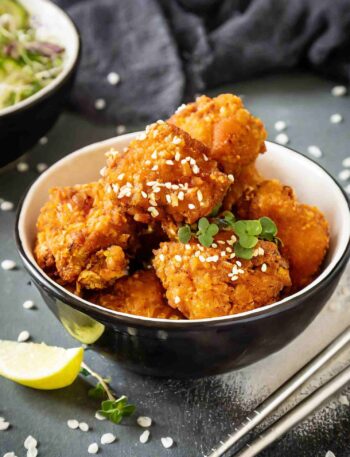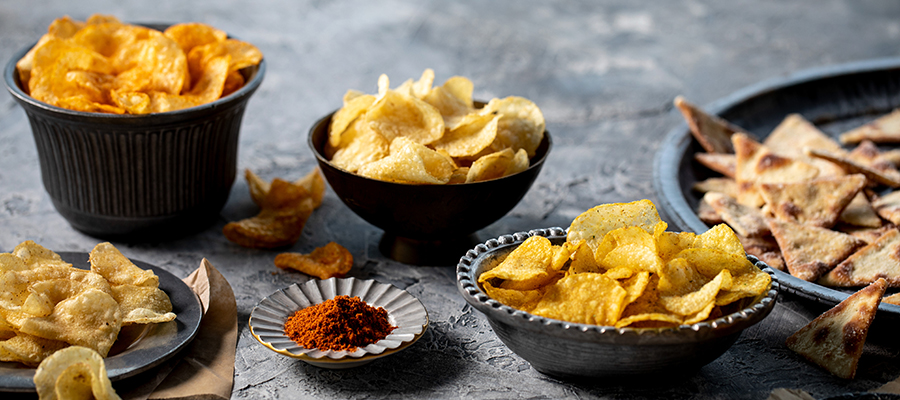
Your gut doesn’t lie. It whispers, grumbles, bloats, rebels—and when you start swapping real meals for flashy, foil-wrapped “functional snacks,” it screams. Not in English. Not in Bahasa. In that deep, ancient biological language that says: “Yo, what the hell is this?”
We’ve been sold this sleek, bite-sized version of wellness. “Protein-packed,” “gut-boosting,” “brain-charging,” “adaptogenic AF.”
You grab a bar here, a nootropic cookie there, maybe wash it down with some collagen-infused moon water. Feels like health, right? But if your insides could tweet, they’d be like: “We miss chewing. We miss fiber. We miss soup, rice, and a damn vegetable.”
Your digestive system is not just a pipe you toss supplements down. It’s a full-blown ecosystem—wild, messy, delicate.
Picture a rainforest, not a food processor. And when you keep feeding it the same hyper-formulated, lab-approved, freeze-dried, bar-shaped nutrition three times a day, seven days a week? You’re not just skipping grandma’s cooking—you’re skipping biology.
Meals are rhythm. Meals are ritual. Functional snacks? They’re like dating someone who only texts “you up?” at 2 a.m. Convenient, hot, and kinda thrilling—until you’re three weeks in, emotionally bankrupt and wondering why you feel hollow.
Now let’s talk bloat. Oh yeah, that sexy food baby that pops up like an uninvited guest at a pool party. Half these so-called functional snacks are fiber bombs. And not the nice, leafy, “ate-some-broccoli” kind.
We’re talking chicory root, inulin, mystery prebiotics your ancestors never touched. Your gut flora—those billions of hungry, moody microbes—don’t know whether to celebrate or riot. Spoiler: they usually riot.
And let’s not forget the sugar. Oh, it’s got ten names now—tapioca syrup, agave fiber, monk fruit extract. These snacks are like that friend who claims they’re “not toxic” but keeps ghosting you and blaming Mercury in retrograde.
Your gut is low-key the CEO of your mental health, immune system, and energy levels. When it’s fed on diverse, real food—meals with texture, culture, color, and complexity—it thrives.
But functional snacks, for all their biotech glamour, often lack the chaos your gut actually craves. Whole food is jazz. Snacks are Muzak.
Let’s talk enzymes. Real meals get your digestive juices flowing—your body anticipates, preps, and starts breaking stuff down before your fork even hits your mouth.
Snacks? They sneak past like a one-night stand, no emotional labor, just vibes. You’re left undernourished on a cellular level. Hungry but not hungry. Tired but wired
“Health isn’t built in the lab, it’s cooked in the damn kitchen.”
This isn’t about demonizing a mushroom-protein-cookie or shaming your adaptogen balls (yes, that’s a thing). Functional snacks can play a role—they’re the understudies, the pit stops. But when they become your whole diet? That’s not optimization.
That’s malnutrition with a marketing budget.
It’s like trying to build a relationship off texts and emojis. You can’t shortcut depth. You can’t fake digestion. You can’t snack your way into true health.
So next time you reach for that sleek little pouch promising eternal youth and a six-pack, ask your gut:
“Are you cool with this, or do you want something that had a grandma, a farm, or at least a damn recipe?”
Because the truth? You can biohack your way into a shiny Instagram post. But you can’t biohack your way out of a backed-up colon, burnt-out adrenals, and a microbiome that just wants a real-ass meal.


